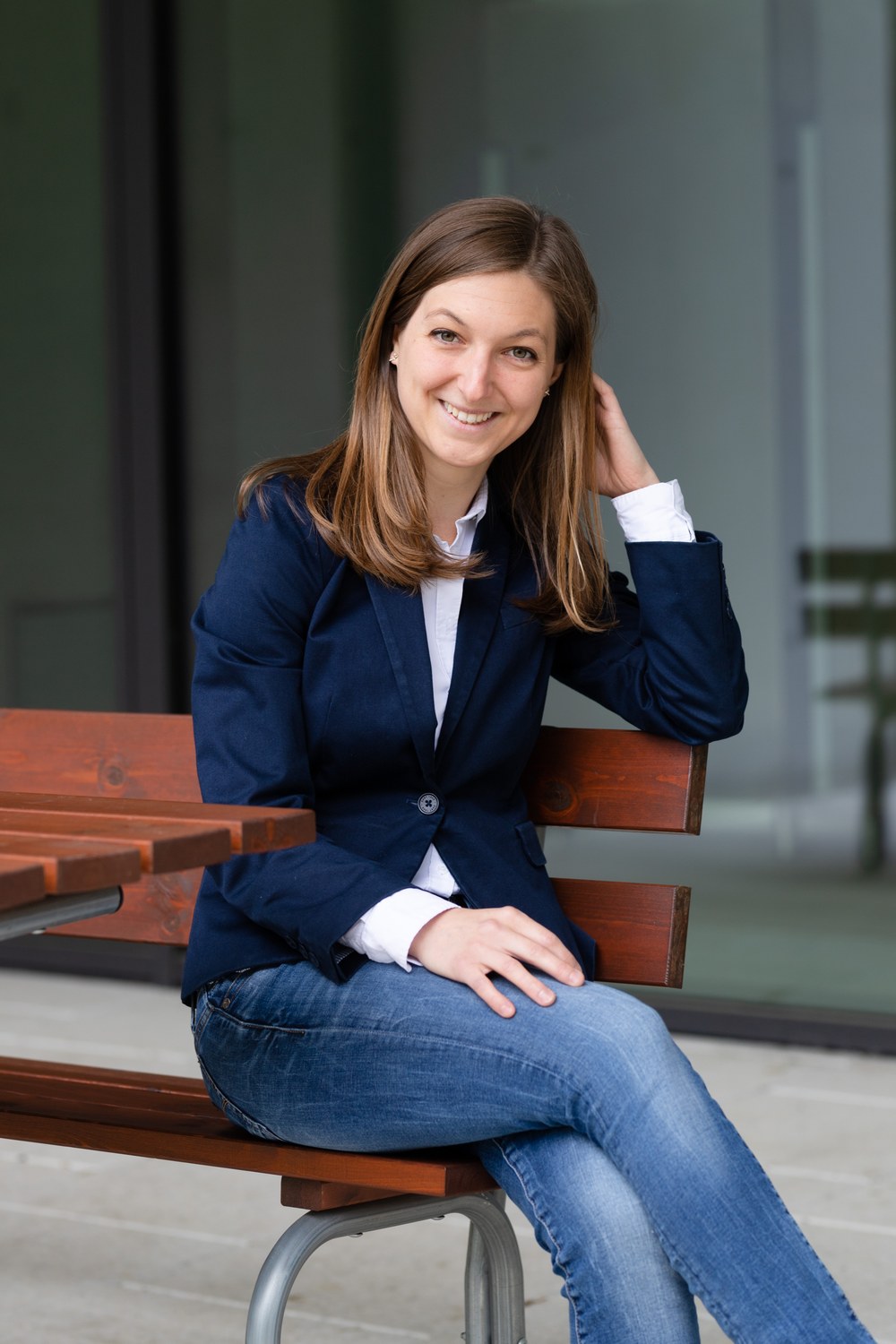A physicist on the move - from cancer research to space travel
New DLR colleague Charlotte Debus made the leap from cancer research to space travel and told us about the wide range of work a physicist does. Initially, Charlotte worked in medical physics for many years. In February 2019, she joined the high-performance computing department at our institute, where her projects focus on machine learning.

The journey shapes the destination
When embarking on a physics degree, students usually realise early on that not all physicists are the same. The range of areas in which you can find a job with a physics degree is truly vast. The fact that physicists are often called "jacks of all trades" also applies to the career of physicist Charlie Debus. When she started her physics degree in Heidelberg, she thought: "I really want to become an experimental particle physicist". During her studies, her vision changed and through internships and coincidences, she ended up in medical physics. She consolidated her path in medical physics and conducted research specifically in the field of radiotherapy during her PhD. "In an interdisciplinary working group on translational radiation oncology, I worked with biologists, physicians and computer scientists to investigate ways to improve radiotherapy using imaging techniques," says Charlie.
Machine learning needs to be learned - an enriching collaboration
At DLR, Charlie has started a new cross-departmental project focusing on machine learning. The three departments of the institute want to work together on algorithms that enable the analysis of large amounts of data using deep learning networks. DLR's Earth Observation Centre (EOC) has been enlisted as a partner to provide large amounts of data. The project combines the parallel computing expertise of Charlie and her colleagues with the machine learning skills of the EOC. The collaboration with the EOC is expected to be a mutually enriching exchange. An exciting potential application for the image recognition algorithms: Satellite data and social media images will be combined and analysed with deep learning networks to create a 3D cartography of the Earth's urban structures.
Cologne calling
The move from the tranquil university town of Heidelberg to the Rhine metropolis of Cologne was the result of a spontaneous application. When Charlie saw the job advert at DLR, she followed her instincts, applied, was soon invited for an interview and the rest is history. Now she is very happy to have arrived in Cologne: "Cologne suits me," she says, and finds it very refreshing how culturally diverse, friendly and cosmopolitan the city on the Rhine is. Like many newcomers, she believes that although Cologne may not be the most visually appealing city, it "impresses with its inner beauty". She sees the thematic change from the analysis of MRI images to the analysis of image data of the earth in a sporty way. Asked if she finds the leap from one topic to the next to be a big one, she replies with a bit of a smile: "They're both round - heads and planets".
